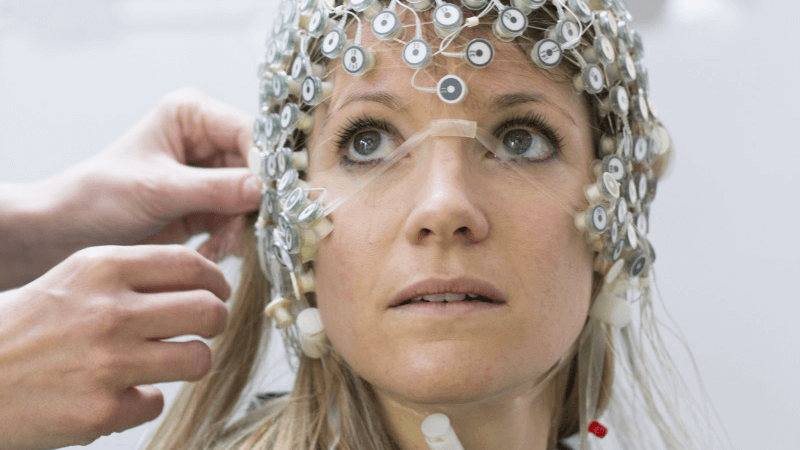People with ‘locked-in syndrome’ can now communicate using a device which monitors their brain activity.
During testing, the non-invasive device, which monitors blood oxygen levels in the brain, detected the answers to simple ‘yes’ or ‘no’ questions with 70 per cent accuracy.
Over several weeks, all four patients in the trial repeatedly responded “yes” when asked if they were happy.
False notions
The trial patients’ locked-in syndrome was caused by amyotrophic lateral sclerosis, a progressive neurodegenerative disease which leaves patients totally paralysed, but with unimpaired cognitive ability.
Some patients with locked-in syndrome are able to communicate through blinking, but many, such as those in the study, are unable to move their eyelids.
Researchers were initially surprised at the positive responses of the patients, but found “as long as they received satisfactory care at home, they found their quality of life acceptable”.
Adrian Owen, a neuroscientist at the University of Western Ontario, said the research indicated that many pre-conceived notions about locked-in syndrome are false.
Quality of life
He said: “One of the most surprising outcomes of this study is that these patients reported being ‘happy’ despite being physically locked-in and incapable of expressing themselves on a day-to-day basis”.
“Indeed, previous research has shown that most locked-in patients are actually reasonably satisfied with their quality of life”, he added.
Dr Niels Birbaumer, the study’s lead scientist, also said that if the technique could be made widely available, “it could have a huge impact on the day-to-day life of people with completely locked-in syndrome”.
Future
Professor John Donoghue, Director of the Wyss Center in Geneva where the device was developed, praised the research and its potential for future applications.
He said: “Restoring communication for completely locked-in patients is a crucial first step in the challenge to regain movement.”
He added: “The technology used in the study also has broader applications that we believe could be further developed to treat and monitor people with a wide range of neuro-disorders.”


